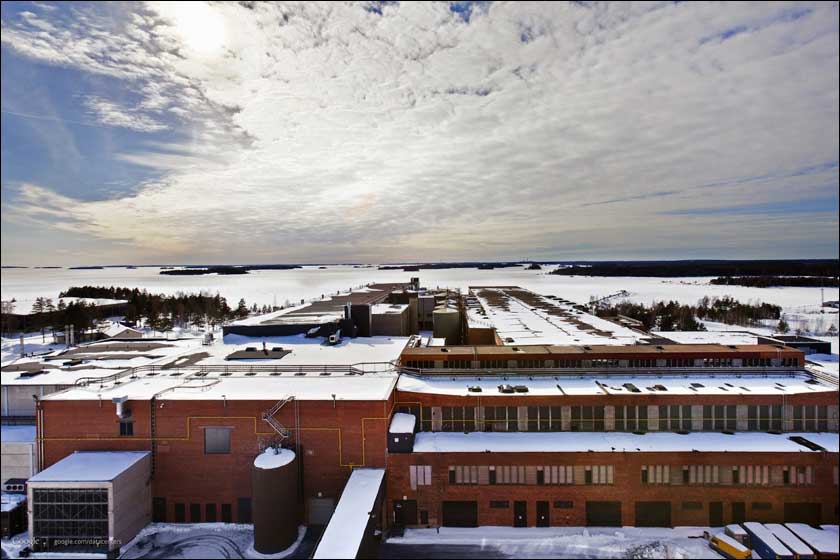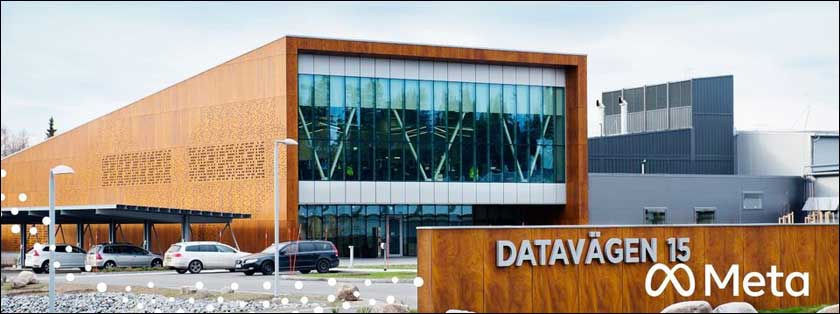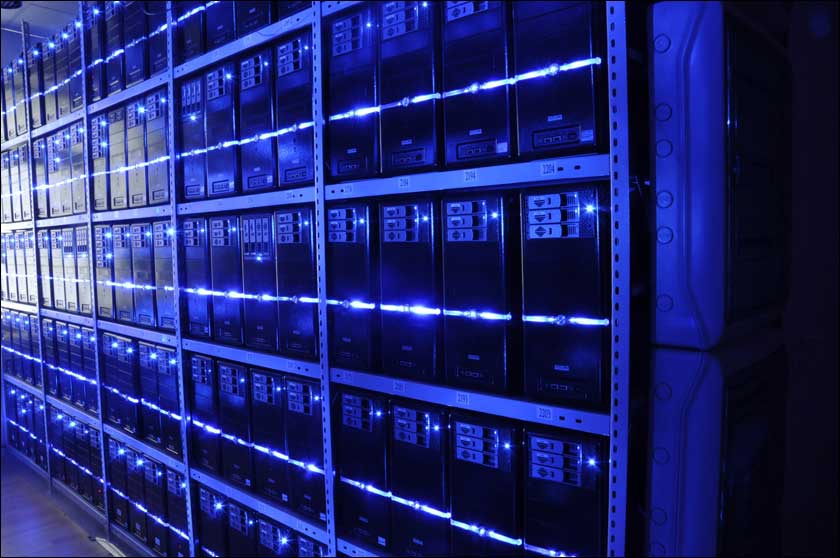Which are the craziest and weirdest places in the world you’ll find data centres?
Whenever you like someone’s Instagram post or search for recipes, a lot goes on behind the scenes, with thousands of powerful computers retrieving and updating the information on the screen. Since every little thing we do online creates data that needs to be stored somewhere, the demand for data centres is ever-increasing. As unimaginative as they look – think windowless, football field-sized buildings – data centres have become a mainstay of the internet era. Besides space, data centres also use vast amounts of energy, which results in huge expenses. Since their geographical locations are critical to bettering user experience and lowering costs, people got creative with where to put them. It resulted in data centres popping up in the most unusual locations, giving them a touch of mystique. So, which are the craziest and weirdest places in the world you’ll find data centres?

Amidst Fjords
Google took repurposing older structures in real estate to another level with the Hamina data centre, which sits in a disused paper mill among picturesque fjords in the Gulf of Finland. It certainly wins the crown of being the world’s most scenic data centre, but it’s also sustainable and environmentally friendly. The unique location allows them to use seawater to cool the site, returning the water directly to the gulf later, thus significantly minimizing their local water consumption.
That’s not the only one. Not to be outdone, the Lefdal Mine data centre in Norway is the world’s most efficient, with 100% of its energy coming from renewable sources. The coolest bit, though? The massive complex is cooled using water from the nearby fjords.

On the ocean – and inside it
We couldn’t have imagined data centres to be mobile, but start-up Nautilus Data Technologies defied that. It commissioned its first waterborne data centre in Stockton, California, where it sits on the deck of a barge on the San Joaquin River. For anyone who’s wondering, the location is outside of floodplains and seismic zones. According to the company’s CEO, all major world cities and population centres have ports with spare capacity, making it the cheapest real estate all over the world.
If we’re talking about overwater data centres, what about underwater ones? We’ve reached there too. In 2015, Microsoft developed a prototype of a mini, portable data centre, which it then sent underwater for more than 100 days, around 30 feet off the Californian coast. In 2018, Project Natick was placed on the seafloor near Orkney, Scotland, utilizing submarine technology and powered by renewable energy. It completed its mission in 2020 and was retrieved for analysis, showing far better reliability than its land-based counterparts.

In Cold Comfort
If cooling is the main issue regarding data centres, where better to build one than the Arctic Circle? Halfway between the North Pole and Norway, “No Man’s Land” Svalbard is one of the world’s most inhospitable and isolated destinations. It’s home to the GitHub Arctic Code Vault, which sits in a decommissioned coal mine. While it isn’t technically a data centre, it does hold a complete record of the world’s open source code and can last a thousand years. 21TB of code has been transferred onto 186 reels of piqlFilm, which was then placed at the bottom of a retrofitted mine shaft.
That’s not the only one. Facebook’s data centre in Lulea, Sweden, doesn’t even need air-conditioning. Since it’s just 112 km (70 mi) from the Arctic Circle, the freezing air outside helps cool the massive facility.

(Image Credit: Christoph Morlinghaus / Thoughts on Architecture and Urbanism)
The Ground Beneath
Imagine data centres built beneath mountains – now that’s something we’ve only seen in Bond movies. One such place is Pionen White Mountain, which sits 100 ft. beneath the streets of Stockholm, Sweden. Swedish internet provider Bahnhof owns and operates this facility, which can withstand even a nuclear apocalypse. We’re calling it a James Bond movie because of the setting, complete with utterly modern designs, verdant tropical plants, and the customary thick steel blast door.

Switzerland-based SIAG Secure Infostore’s Swiss Alps data centres are also set in former military bunkers and boldly called the “Swiss Fort Knox.” Only, they protect digital data rather than gold bullion. However, they boast the infrastructure to support this bold claim, including five separate security zones, face recognition technology, a permanent security detail, and a dedicated runway. In fact, the setup is said to protect the data from even biological and chemical attacks.
But is it the craziest data centre below the surface of the earth? That title probably goes to data centres beneath churches and chapels! The government-owned Barcelona Supercomputing Centre sits in the former Torre Girona chapel in Barcelona. It plays host to the glass-encased MareNostrum 4 supercomputer, which is surrounded by the chapel’s stunning medieval architecture. This intriguing juxtaposition of old and new won the 2017 World’s Most Beautiful Data Centre Award.
The ecclesiastical theme is also present in global IT outsourcer Atos’ data centre beneath Uspenski Cathedral in Helsinki, Finland. A former air raid shelter, the place is a network of granite caves hidden under the church. Not only is it already cold enough for the centre’s servers, but it also employs water from the Baltic Sea to cool it further. The best bit? The heat it emits powers nearly 2,000 single-family homes around.
In case you missed:
- Green Data Centres: Future-ready for Sustainable Digital Transformation
- Colocation Data Centres: An Overview
- Guiding Light: How Photonics is Revolutionising Data Centres
- The Price Of Money: Can Cryptocurrency Go Green?
- Everything you need to know about Pi Network
- Cryptocurrency Cloud Mining: How Does It Work?
- The Life of Pi Network – FAQs and Everything Else You Want To Know
- IoT and its role in energy transition
- Everything you need to know about DaaS (Desktop as a Service)
- AI: Bringing About The Next Agricultural Revolution In India









